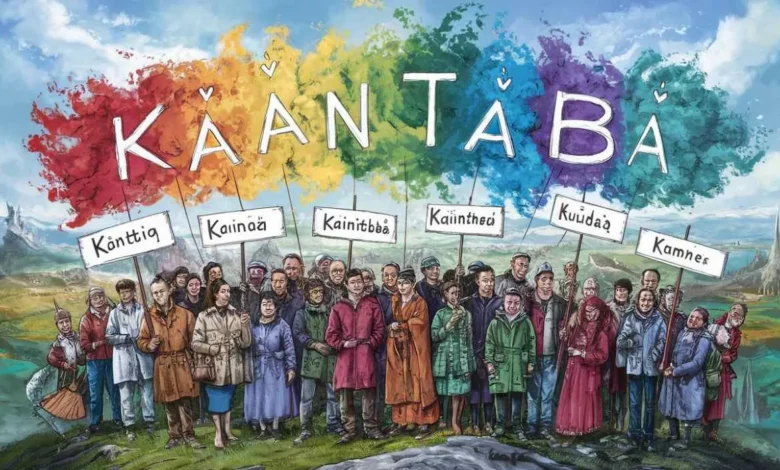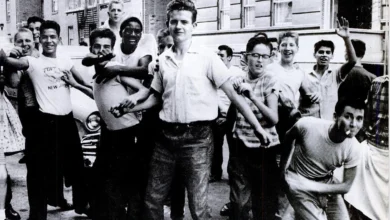The History and Culture of the Kääntäbä People

As you delve into the rich tapestry of global cultures, you may find yourself captivated by the enigmatic Kääntäbä people. This ancient civilization, nestled in the remote corners of the world, has long been shrouded in mystery. Their unique customs, intricate social structures, and profound spiritual beliefs have fascinated anthropologists and historians for generations. In this exploration of the Kääntäbä, you will uncover the layers of their complex history and gain insight into their enduring cultural legacy. From their origins to their modern-day presence, the story of the Kääntäbä offers a compelling glimpse into human diversity and resilience.
An Introduction to the Kääntäbä Tribe
The Kääntäbä people are a fascinating indigenous group with a rich cultural heritage that has remained largely unknown to the outside world. Residing in the remote highlands of Central Asia, this nomadic tribe has managed to preserve its unique traditions and way of life for centuries.
The Kääntäbä are renowned for their intricate textile arts, particularly their vibrant woolen rugs that feature complex geometric patterns passed down through generations. These textiles not only serve practical purposes but also tell stories of the tribe’s history and beliefs.
One of the most distinctive aspects of Kääntäbä culture is their language, which linguists classify as an isolate with no known relatives. This unique tongue has contributed to the preservation of their oral traditions, including epic poems that recount the tribe’s mythical origins and the heroic deeds of ancestors.
Despite facing challenges from modernization and climate change, the Kääntäbä people continue to maintain their traditional pastoral lifestyle, herding yaks and sheep across the rugged mountain terrain. Their resilience and adaptability have allowed them to thrive in one of the world’s harshest environments while keeping their cultural identity intact.
The Cultural Traditions of the Kääntäbä
Ancient Customs and Rituals
The Kääntäbä people have a rich tapestry of cultural traditions that have been passed down through generations. Central to their way of life is the annual harvest festival, where the entire community gathers to celebrate the bounty of their lands. During this time, you’ll witness intricate dances performed in vibrant, handwoven garments that tell the story of the Kääntäbä’s history.
Artistic Expression
Art plays a crucial role in Kääntäbä culture. Their distinctive pottery, adorned with geometric patterns, serves both functional and ceremonial purposes. You’ll find these exquisite pieces used in daily life and as sacred objects during important rituals. The Kääntäbä are also renowned for their oral traditions, with elders sharing epic tales that preserve their ancestral wisdom and moral values.
Modern Adaptations
While honoring their heritage, the Kääntäbä have also embraced elements of modern life. You’ll notice a unique blend of traditional practices and contemporary influences in their music, cuisine, and social structures. This adaptability has allowed the Kääntäbä to maintain their cultural identity while navigating the challenges of a rapidly changing world.
Common Questions About the Kääntäbä People
Who are the Kääntäbä?
The Kääntäbä are an indigenous group with a rich cultural heritage. Originating from remote regions, they have maintained many of their traditional practices despite modernization. The Kääntäbä are known for their unique language, intricate handicrafts, and strong connection to the natural world.
What are some Kääntäbä customs?
Kääntäbä society revolves around communal living and respect for elders. They practice seasonal rituals tied to agricultural cycles and have a complex system of oral traditions. Many Kääntäbä still engage in traditional hunting and gathering alongside small-scale farming.
How has Kääntäbä culture evolved?
While preserving core values, the Kääntäbä have adapted to contemporary life. Some have migrated to urban areas, balancing traditional practices with modern education and careers. However, efforts are ongoing to document and revitalize Kääntäbä language and customs to ensure their survival for future generations.
Conclusion
As you’ve learned, the Kääntäbä people have a rich and fascinating history spanning thousands of years. Their unique customs, intricate artwork, and complex social structures offer profound insights into human cultural development. By studying and preserving Kääntäbä traditions, you gain a deeper appreciation for the diversity of human societies and the universal elements that connect us all. The Kääntäbä’s harmonious relationship with nature and emphasis on community also provide valuable lessons for modern life. As global citizens, you have an opportunity—and perhaps even a responsibility—to ensure this remarkable culture continues to thrive and share its wisdom with the world for generations to come.



